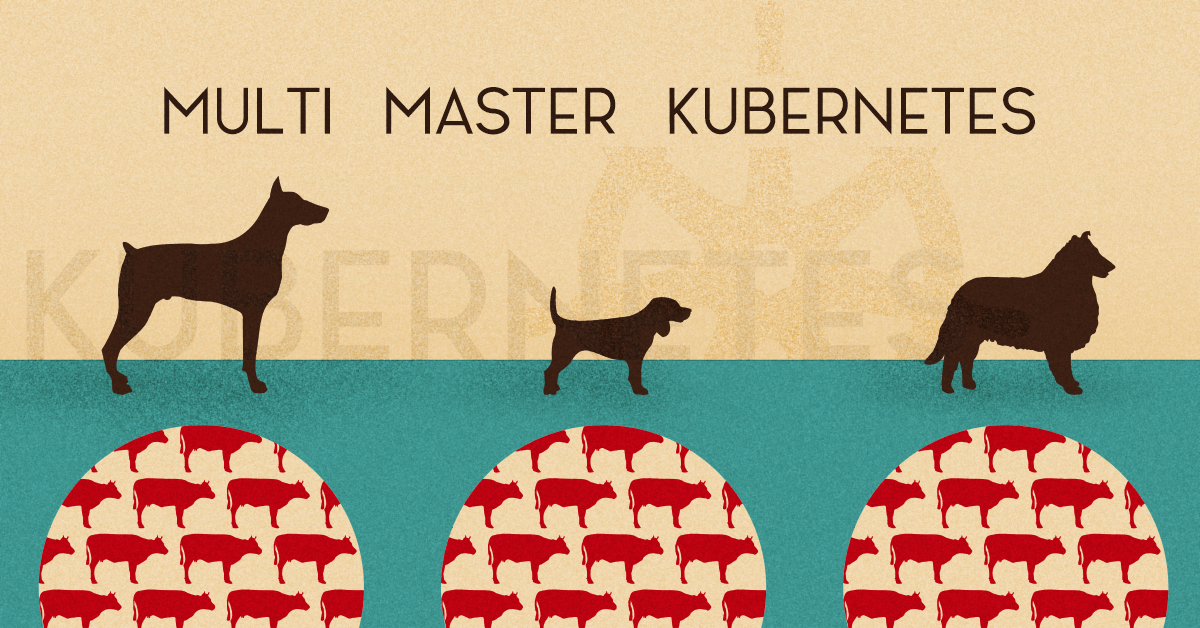
At CoreOS fest Berlin earlier this year, we shared a quick and easy way to setup a Kubernetes cluster on Exoscale. Kubernetes is getting a lot of buzz and attention and rightfully so. Especially with the recent 1.4 release Kubernetes has reached a milestone where it both makes it easy to get your containers up and keep them running but also providing enough flexibility to adapt to many different application types and workloads.
But while people liked the idea of a quick and easy way to bootstrap a cluster, feedback was also very clear that getting Kubernetes production ready is still a complex challenge. And admittedly the original playbook setup a cluster that was great for testing Kubernetes or development purposes but not quite ready for running production workloads.
Making Kubernetes production ready
first and foremost requires deploying Etcd and the components that implement the
Kubernetes API in a highly available setup. This means clustering etcd and
configuring the kube-apiserver, kube-scheduler and kube-controller-manager
for leader election. Additionally you need to make sure all communication
is encrypted and authenticated with certificates, setup firewall rules, ensure
security updates for your operating system and the list continues.
At dotGo in Paris we introduced our new Ansible playbook for multi master Kubernetes clusters which does just that for you.
Running the playbook gives you a highly available Kubernetes cluster on top of
Exoscale. The masters run two Etcd clusters, one for Flannel and one for
Kubernetes and also kube-apiserver, kube-scheduler and
kube-controller-manager. The master nodes are pets but the worker nodes are
cattle. By default you get three masters and three workers. But you can add or
even remove worker nodes to build a cluster that meets your requirements.
Now we’re not the kind of people that release something and claim it’s production ready a day later. But we believe this playbook has all the right ingredients and is ready for you to take it through its paces.
To give it a try, share your feedback or maybe even help improve the playbook head over to Github and file issues or send us pull requests.
